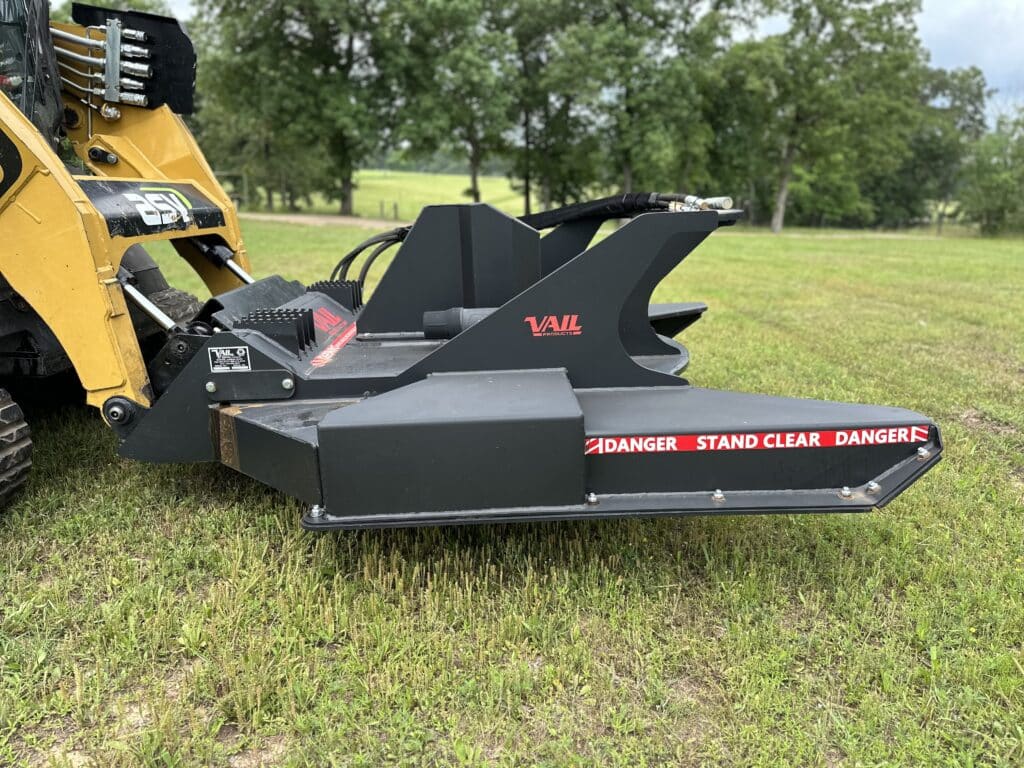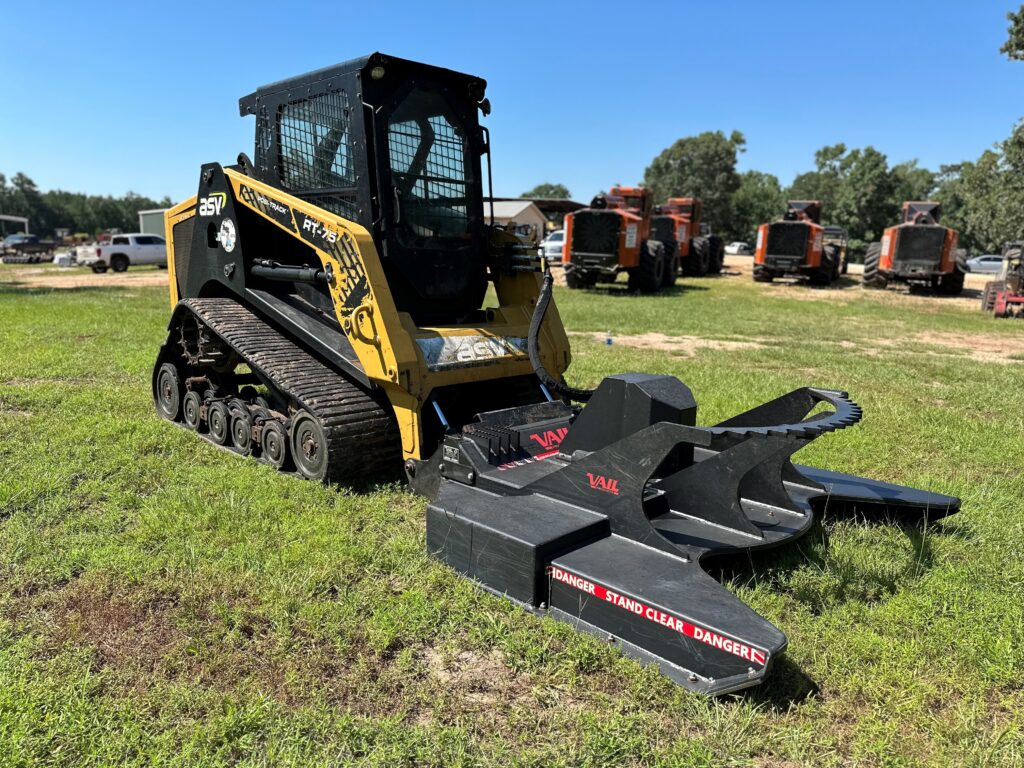Forestry mulching is an innovative, environmentally friendly way to clear land, restore habitats, and prevent wildfires. In order to effectively conduct this important work, it is critical to be familiar with forestry mulching equipment and practices. This comprehensive guide will provide you with a comprehensive overview of the different types of forestry mulching equipment, as well as how to use them to achieve optimal results.
What is Forestry Mulching?

It performs the function of reducing vegetation and trees to ground-level mulch, all without damaging the soil or its quality. Otherwise, these areas would be subjected either to the use of torching or bulldozers – both of which would lead to erosion and the elimination of topsoil quality.
Key Forestry Mulching Equipment
1. Mulching Machines
Mulching machines are the key to forestry mulching operations, and there are several different types depending on the task at hand and the terrain. They include:
- Track Mulchers: Ideal for rough terrain and unstable ground. Stable and safe traction. Perfect for irregular terrain, slopes and soft soils.
- Wheeled Mulchers: Speed and mobility on flatter to moderately rough landscapes and are versatile and efficient for larger, more open areas.
2. Mulcher Attachments
The type of attachment you use can make all the difference in how well – or how poorly – your mulching job goes. Here are some of the main attachments to use:
- Drum Mulchers: Ideally used for heavy-duty mulching of trees and vegetation. They can mulch bigger trees and tougher plants. Excellent for large-scale land clearing.
- Disc Mulchers: These are often used for lighter jobs and will handle brush, small trees and heavy grasses well. They are faster revolving than the other mulchers and can be operated more quickly.
3. Mulching Teeth
Mulching teeth are a vital component of the mulching head, and choosing the right type can drastically impact your efficiency:
- Double Carbide Teeth: Extreme longevity; these teeth can overcome hard, rocky terrain without dulling.
- Single Carbide Teeth: All-purpose teeth in the ideal configuration for a range of terrain. Good compromise between durability and cutting ability.
- Knives: Best for softer vegetation and for tasks that require a finer finish, like clearing land for farming.
Best Practices for Forestry Mulching

1. Site Assessment
It is important to assess your site before you begin any mulching, including the types of vegetation, soil, potential hazards and goals of your project. This will help you know what equipment and methods work best.
2. Equipment Selection
Follow the landscape and vegetation type to select the appropriate equipment, track mulchers for heavy duty terrain and disc mulchers for lighter, faster operations are good places to begin.
3. Safety Precautions
Always prioritize safety:
- Protective equipment: Make sure the operator is wearing a helmet, gloves, and eye protection.
- Maintenance Checks: Regularly inspect and maintain equipment to ensure it operates efficiently and safely.
- Clear Zone: Keep a clear zone around the work area to help prevent bystander accidents.
4. Proper Techniques
Using the equipment correctly is key to effective mulching:
- For Large Trees: Back in and cut at an angle, with a drum mulcher, until it’s gradually ground down.
- For Brush and Small Vegetation: When clearing broad areas, a disc mulcher works extremely fast in sweeping motions.
- Layering: Top layer – mulch, then gradual layer down to the bottom layer, so that the mulcher can work its way down through the layers to ensure grinding.
Environmental Benefits
Forestry mulching is not just about clearing land but also about promoting ecological balance:
- Soil Health: Because much of the raised waste remains on the soil surface, it either binds to soil particles or stays close to the surface where it adds organic matter to the soil, which encourages healthy plant growth and prevents erosion.
- Habitat Preservation: Mulching keeps native plants intact and clears (for agriculture, etc.) only non-essential areas.
- Fire Prevention: Removing excess vegetation reduces fire hazards, making the land safer.
Common Challenges and Solutions
1. Rocky Terrains
In rocky areas, double carbide teeth prevents damage and keeps efficiency. Check regularly that no stones caught in the mulching head.
2. Thick Vegetation
For very thick vegetation, you want a drum mulcher with high horsepower and you also want your teeth sharp and in good condition.
3. Noise and Dust
Noise suppression and water sprays can be used to control these byproducts, making it easier to work in the buildings and reducing air pollution.
Conclusion
Incorporating forestry mulching into your land management practices can help you achieve a wide variety of goals, while also providing a number of environmental and practical benefits. By learning about the different types of equipment available, their capabilities and limitations, and following best practices for this land management solution, you can operate efficiently, effectively and sustainably. As a landowner, contractor or environmental specialist, being well-informed about tools and techniques will help you make decisions that will set you up for success.
The following suggestions should therefore enable not only to adopt forestry mulching, but to achieve your land-management goals while also supporting environmental conservation efforts.
